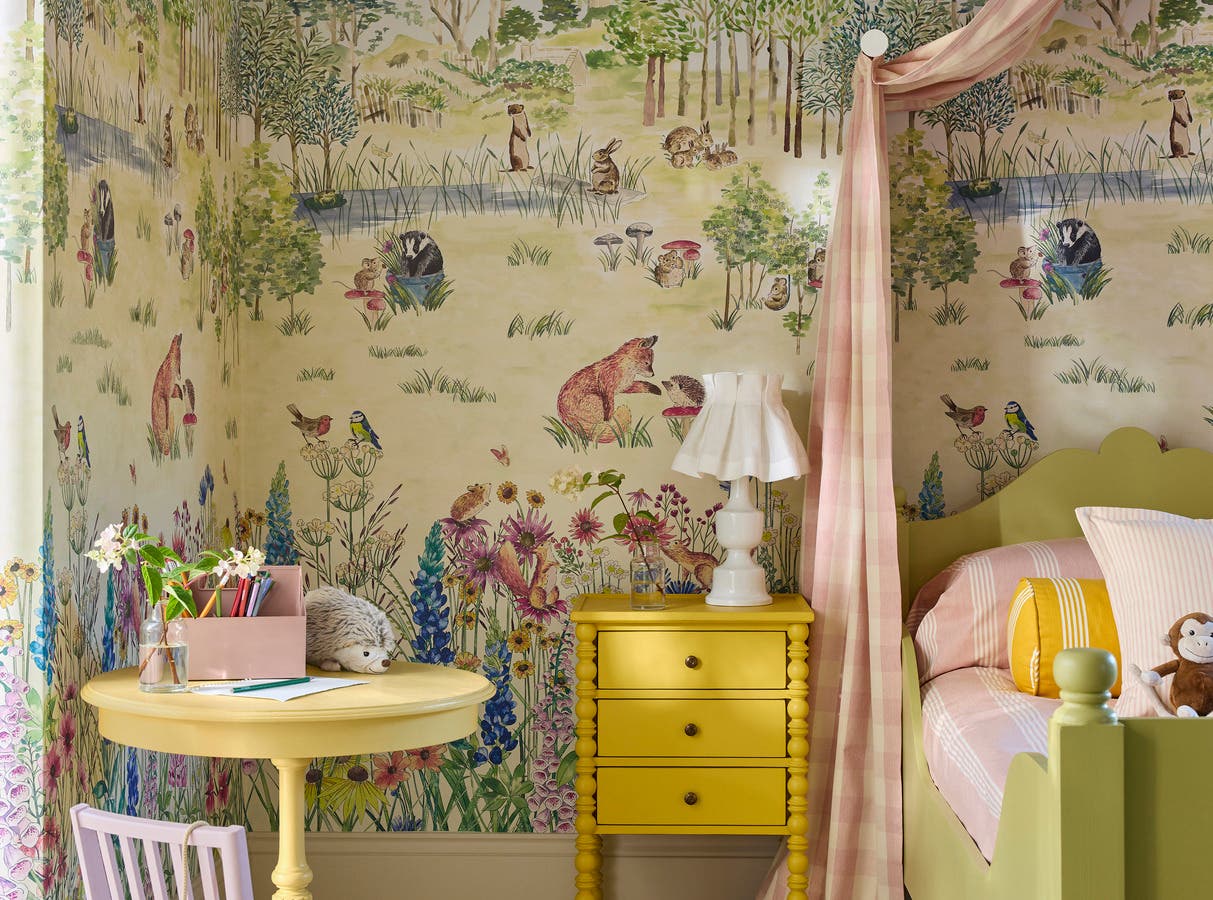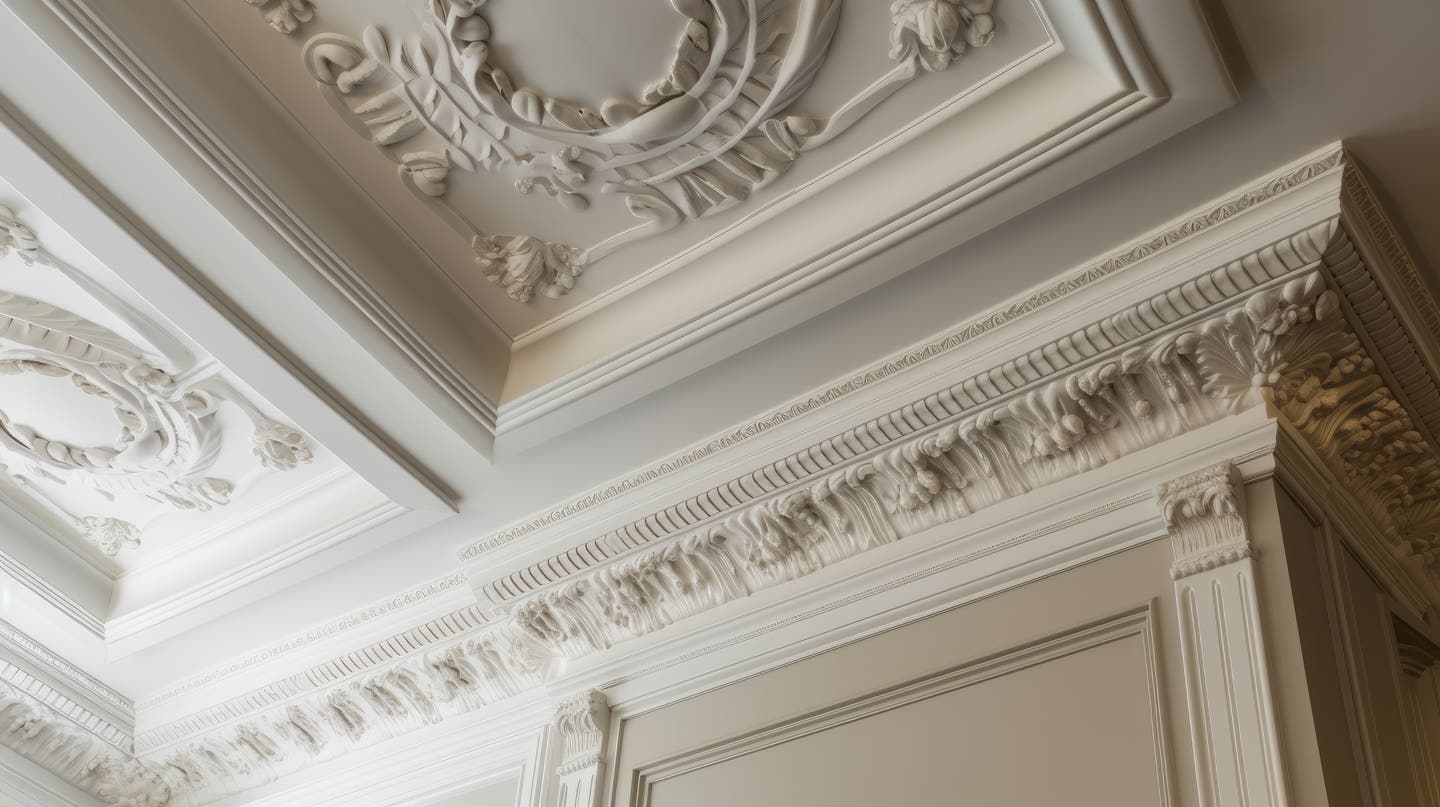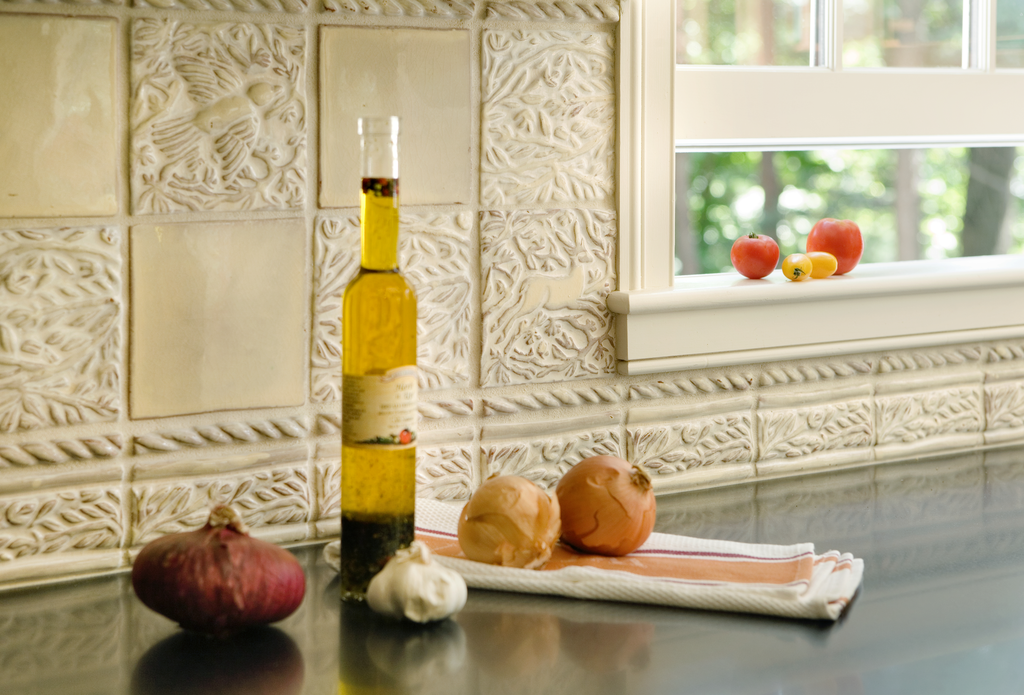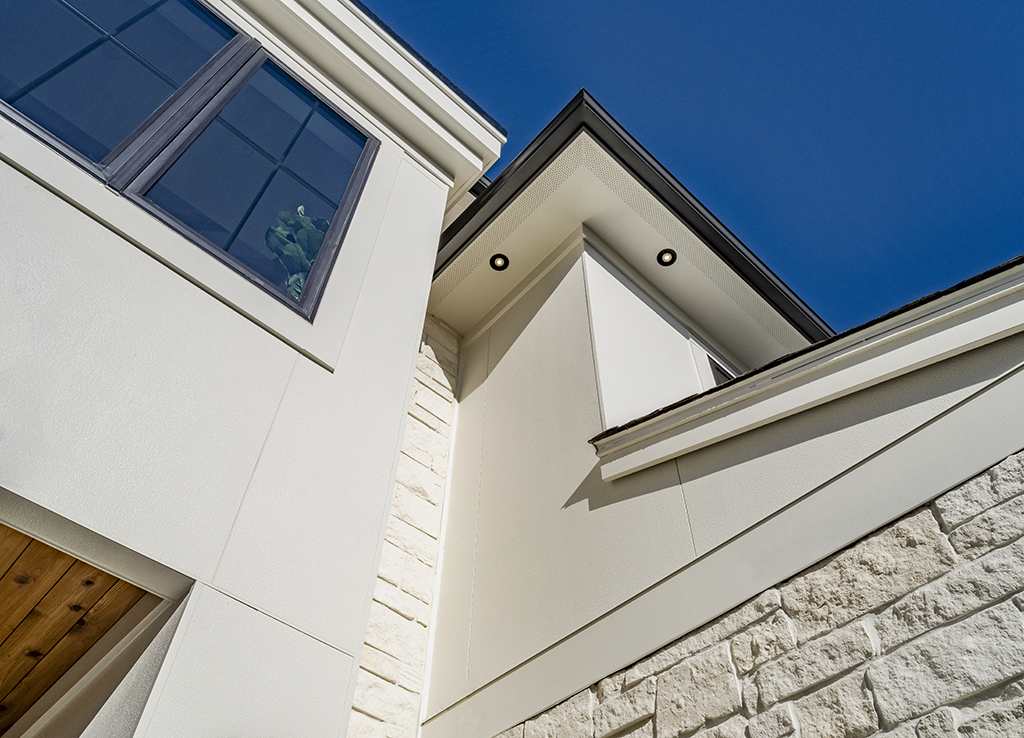
Product Reports
Style and Function: Traditional Gutters
Most people don’t find traditional gutter systems sexy – that is, until they start planning an installation. Though from a distance they appear to be form-follows-function conveniences at best, or archaic, temperamental contraptions at worst, traditional gutters quickly reveal their clever and creative side the more one learns about subtle design differences and the multi-tasking components on the market. All are worked out over decades to enhance performance or solve problems, as the following classic examples show.

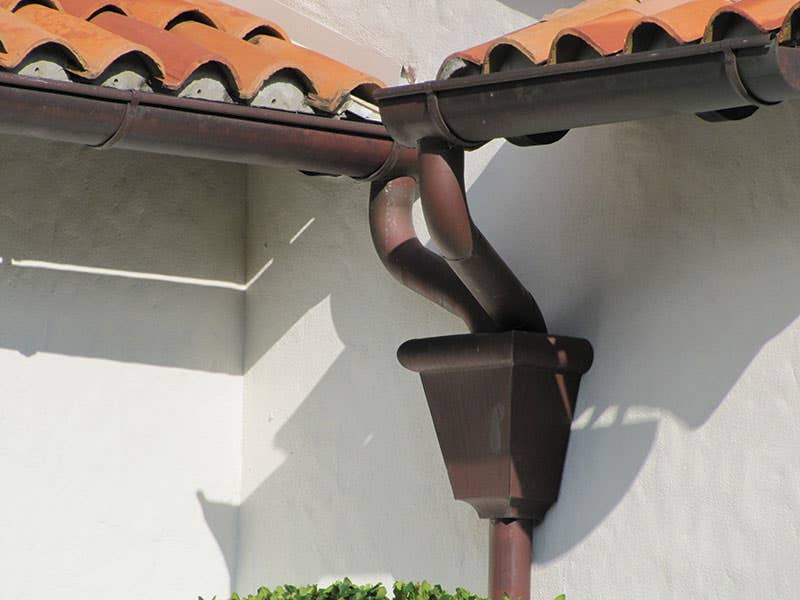
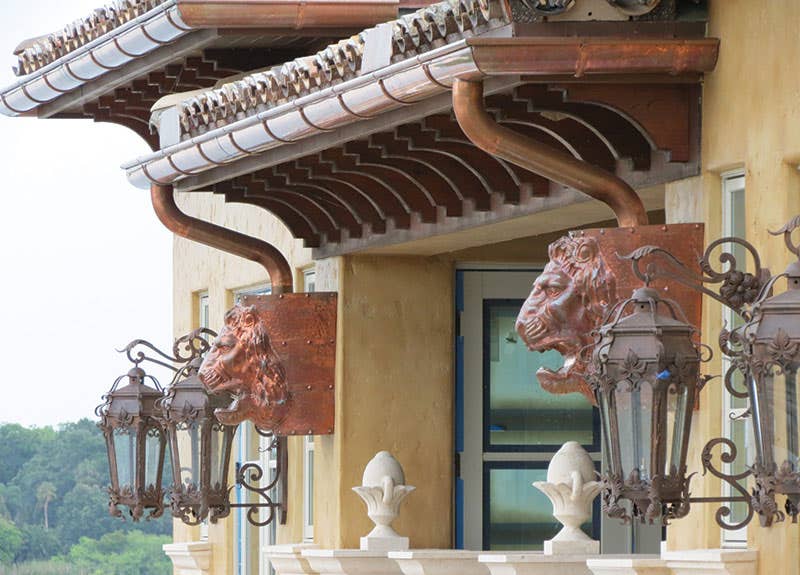


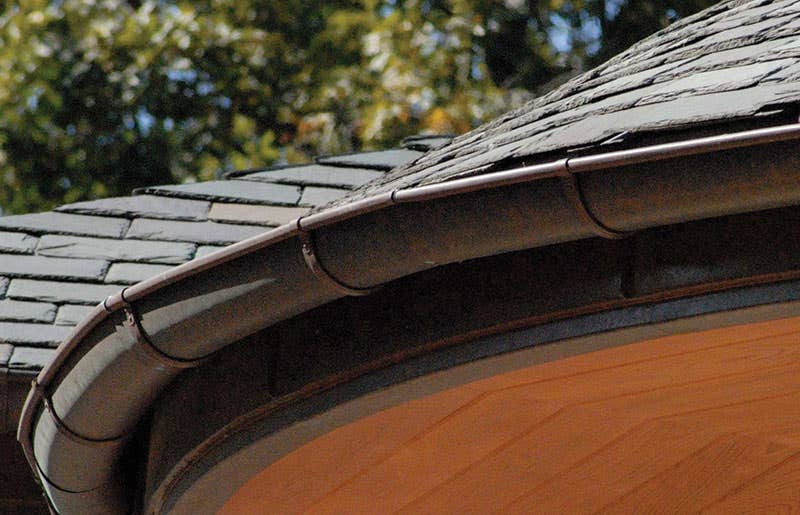

Half-Round Gutters
The humble, half-round gutter may seem utterly basic, but its simplicity belies a surprising versatility. For example, double-bead gutters, which have a rolled edge on both sides of the trough, are not only one of the oldest types but also among the strongest. Having two rolled beads adds stiffness front and back to the soft copper, permitting somewhat greater spacing between hangers and larger trough diameters – as much as 10 in. recommended in the 1930s. However, the second bead on double bead gutters also means they are typically employed where there is no eave fascia to get in the way.
“Double-bead gutters are chosen for aesthetic reasons, where appearance is at a premium,” says Jeff Dickson at Berger Building Products in Feasterville, PA, “but since the double bead limits the types of hangers that can be used, they are less popular than single-bead gutters.” Indeed double-bead gutters are typically suspended from the roof by a bar hanger that spans the trough – a slightly more complicated installation than supporting the gutter from below with a half-circle hanger, but often stronger.
SELECT SUPPLIERS
Berger Building Products
www.bergerbp.com
800-523-8852
CopperCraft
www.coppercraft.com
817-940-9622
Ornametals
www.ornametals.com
256-255-0190
Heather & Little
www.heatherandlittle.com
1-800-450-0659
EJMcopper
www.ejmcopper.com
407-447-0074
Single-bead are by far the most common half-round gutters, but just because there is no bead on the back edge doesn’t mean all single beads are the same. Sheet-metal shops have long made half-round and other gutter types in a high-back style where the rear edge rises 1 in. or more above the height of the front bead – a configuration that expedites installations on fascia. Several modern manufacturers take this idea a step farther by bending the extended back at an angle that, for some products, allows the installer to nail the gutter directly to the roof sheathing.
As Jerry Moore of CopperCraft in Grapevine, TX, explains, “This eliminates the need for secondary flashing in a standing-seam roof because when the gutter is installed first, the roofing sheet metal can be run right on top of it.”
There are even nuances to gutter beads. Erika Huber of Ornametals Manufacturing in Cullman, AL, explains that their European-style, half-round gutter features a forward bead and high back that incorporates a drip edge. “This profile is designed to both prevent water from seeping behind the fascia,” she says, “and to allow roof-runoff to overflow the front edge in the event of a downpour.”
Gutters in the Round: Curved Gutters
Suppose your gutter project is adding drainage to a turret, tower, or other circular period-house feature? Moore says his company will make radius versions of half-round gutter (as well as K-style or ogee gutter, and even box gutter) by taking 10-ft. sections and crimping periodically to achieve the desired radius or curve. “The hydraulic press pleats the metal,” says Moore, “so the finished gutter is left with the appearance of having little ribs.” Moore says the tightest curve they can produce is about a 6-ft. radius, which would be for a tower room no wider than 12 ft. across. If the tower or the porch roof around it is not curved but a polygon with flat sides, such as a hexagon, then CopperCraft can fabricate miter pieces so that the gutter can be assembled from straight sections joined by outside corner miters of the required angle.
Ordering a radial gutter can be a bit like high-school geometry deja-vu. If the radius is accurately known (which may be the case for new construction), then that dimension becomes the primary information. “Post construction measurements can be a little more complicated,” says Moore. “We can work from cardboard or paper templates of the outline; or the specifier can calculate the radius from known dimensions, such as a chord.”
In making curved gutters, as with many other building crafts, there is more than one way to skin a cat. Huber notes that her company’s radius gutter is “fairly popular, because it accommodates many types of building features built in-the-round.” The gutters are made on a per-order basis, and are pressed into the appropriate curve with the use of custom tooling. Huber also notes that, “Because the product is made in relatively short gutter sections about a meter in length (approximately 36 in.), it allows for adapting the installation to building features – which in many period houses may have settled or shifted out of shape over the decades.
Cameron Forbes at Heather & Little in Markham, Ontario, notes that “We’ll take on any roofing or gutter system that requires being handmade and soldered,” but when faced with a radius project they do not cut the gutter every few inches and then solder it into a curve, as is sometimes done. “So many joints are not only unattractive, but they also pose potential leaks if not done properly,” says Forbes. “The correct manner we use to produce curved gutter is to cast a die matching the profile and radius, and then press the piece into the proper radius.”
From Gutter to Downspout
Conductor heads – also known as leader heads, rain boxes, and scupper boxes – are not merely ornamental objects at the eaves, but important receptacles for collecting water from gutters and discharging it into downspouts. “Conductor heads are primarily decorative,” notes Dickson, “but they also have a practical advantage because they can funnel drainage from two or more downspouts into one downspout.” This approach avoids the complexities of hitching two downspouts to a single fitting that may back up or move. Conductor heads perform a similar function with scuppers – capturing water discharged from these wide, horizontal openings that drain a low-slope roof through a parapet.
Moreover, conductor heads can solve problems, such as an otherwise effective gutter that backs up in heavy rain. According to Eddie Majewski at EJMcopper in Orlando, FL, “Conductor heads improve the function of downspouts by acting as a vacuum break.” As he describes it, when there is a sudden, large volume of water (as is common in climates like Florida’s), downspouts can be overwhelmed – especially if there are bends, which further diminish the system’s ability to drain. “Conductor heads allow air to enter the line and increase capacity.”
To fulfill these functions, conductor heads are often fabricated according to some time-tested proportions. Face width and height are typically three to four times the downspout width; depth is double the downspout width. Beyond this, conductor heads are made in many traditional shapes and patterns that should also include a couple of practical features. Some sort of screen is advisable to prevent birds from nesting in the otherwise attractive box, and a funnel-like design aids drainage. In fact, old texts sometimes recommended building a tapered trough inside to enhance flow and reduce noise. “We do a lot of reproductions of 75- and 100-year-old conductor heads,” says Majewski, “and while there may not be secondary liner inside, the sides are generally tapered.” He adds that, “Generally, you do want to pitch the bottom as well. Conductor heads built like boxes with flat bottoms will hold standing water if they get out of level over time.”
Huber points out that the European design of her company’s system includes another double-duty component. “The system’s star outlets are both pretty and practical because, in addition to funneling the water into the downspout, the outlets can connect two sections of gutter without soldering, and thereby are also designed to function as an expansion joint.” Each outlet is also funnel-shaped, she says. “The angled sides help it drain more efficiently by encouraging a water vortex.” Adds Forbes, “Many contractors and planners don’t appreciate the importance of expansion joints in gutter systems, especially for long runs or between fixed points.” His company regularly fabricates gutters in copper, lead-coated copper, lead, and even zinc, and there are different rates of expansion and allowances for all these metals depending upon the size and gauge of materials.
When it comes to downspouts, to provide a function somewhat the reverse of a conductor head, one might specify a diverter. This is downspout material fabricated like an upside-down Y that allows the user to direct water flow from one pipe to another. “Diverters are installed where you want to switch discharge,” says Dickson, “say, from a downspout that has saturated one part of a yard, to another that needs water.” Taking a different, yet similar, twist on drainage accessories is a downspout clean-out. A section of downspout about 13 in. long that opens on one side as if with a little, semi-circular trap door, the clean-out is hinged so that it not only opens access to the downspout interior but also diverts the contents.
“People understand a clean-out,” says Huber, “but they don’t at first realize it’s not just for removing leaves and debris; it is designed for collecting rainwater too.” Huber describes how, when the clean-out is installed at the appropriate height, it can conduct water into a rain barrel. “Collecting water this way is good for places that have drainage issues,” she says. “You’re not dumping all the water in one place at once, but saving it for use later with watering cans or even an attached hose.”
Gutter Talk
Though built-in gutters site-fabricated from sheet metals, such as lead and copper, go back centuries, manufactured metal gutters started to appear in the latter-19th century and the longest running type is the iconic half-round gutter. Widely advertised by 1870, the half-round gutter quickly became popular because of its effectiveness in catching and draining roof run-off, as well as its ready adaptability to installation on different buildings and roof eave configurations.
This long history and versatility makes the half-round gutter a suitable default choice for many historic houses that, while they may never have had half-round gutters – or any gutters – possibly could have had them.
Since the 1950s, the K-style or ogee-style gutter has become the dominant manufactured type, due in part to its ease of installation to eave fascia and colonial cornice appearance, but it too has a decades-long history. Appearing as profiles in the 1936 edition of Architectural Graphic Standards, gutters with ogee or cyma-recta shapes are noted in other texts as “being available in iron” and were undoubtedly shop-made long before they became standard, manufactured products. As Jerry Moore of CopperCraft in Grapevine, TX, Texas notes, “From time to time, people bring us pieces of very old metal gutter to duplicate that we’ve never seen as stock items, and therefore were very likely custom made.”
Gordon Bock is co-author of The Vintage Houseand is available for keynote speeches, seminars, and courses through www.gordonbock.com.
Gordon Bock, co-author of The Vintage House (www.vintagehousebook.com), is an in-demand speaker for courses, seminars, and keynote addresses through www.gordonbock.com.



